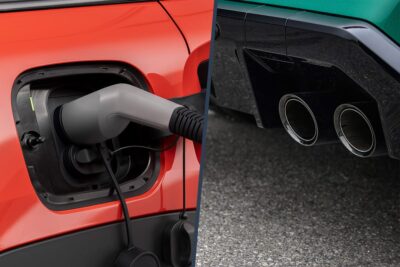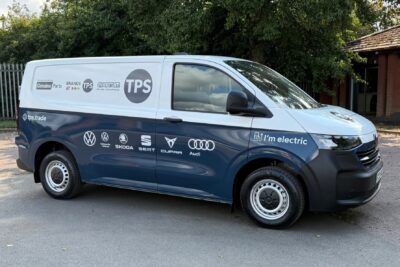Xpeng to launch three robotaxi models next year
Xpeng has announced plans to launch three fully autonomous robotaxi models in 2026, each equipped with the company’s self-developed AI hardware and software systems. The vehicles were designed from the outset for driverless operation and supposedly require no modifications from standard production models. They can thus be built using the same mass-production processes as its electric passenger cars, significantly reducing costs.
The new models will utilise Xpeng’s second-generation Vision-Language-Action system, known as VLA 2.0, which is designed to enable adaptive operation across all global traffic patterns without relying on high-resolution maps. According to the company, the VLA 2.0 model enables vehicles to process visual inputs directly into action commands through an end-to-end learning approach. “VLA 2.0 represents a new physical model paradigm,” said Xpeng Chairman and CEO He Xiaopeng. “It allows vehicles to understand and interact with the physical world in real time.”
The model has been trained on approximately 100 million real driving video clips — equivalent to 65,000 years of human driving experience. According to the carmaker, it enables the system to handle rare or complex scenarios such as gesture recognition and dynamic traffic light changes.
Moreover, each robotaxi will be powered by four of Xpeng’s proprietary Turing AI chips, providing a combined computing power of up to 3,000 TOPS — currently the highest known standard for autonomous vehicles.
As part of its broader AI strategy, Xpeng confirmed that Volkswagen will be the first strategic customer for its VLA 2.0 platform. The German automaker has also selected Xpeng’s Turing AI chip for future vehicle integration, marking the first deployment of the chip outside the company’s own vehicles. “To accelerate the global application of physical AI, Xpeng VLA 2.0 will be open-sourced to global business partners,” He said.
Xpeng also announced a new driver-assistance mode called “Robo”, to be launched in parallel with the robotaxi service. The system shares the same hardware and safety redundancy as the robotaxi platform and will be available for privately owned Level 4-capable vehicles. The company said that Amap will become its first global ecosystem partner for robotaxi services.
Xpeng plans to begin trial operations of its robotaxi fleet in 2026. The company said the combination of self-developed chips, large AI models, and a scalable software-defined vehicle architecture will allow for cost-efficient production and rapid deployment of autonomous driving services worldwide.





0 Comments